A rapid and intelligent designing technique for patient-specific and 3D-printed orthopedic cast
- PMID: 30050976
- PMCID: PMC6036601
- DOI: 10.1186/s41205-016-0007-7
A rapid and intelligent designing technique for patient-specific and 3D-printed orthopedic cast
Abstract
Background: Two point four out of 100 people suffer from one or more fractures in the course of average lifetimes. Traditional casts are featured as cumbersome structures that result in high risk of cutaneous complications. Clinical demands for developing a hygienic cast have gotten more and more attention. 3D printing technique is rapidly growing in the fabrication of custom-made rehabilitation tools. The objective of this study is to develop a rapid and intelligent modeling technique for developing patient-specific and hygienic orthopedic casts produced by 3D printing technologies.
Results: A cast model is firstly created from a patient's image to develop patient-specific features. A unique technique to creating geometric reference has been developed to perform detail modeling cast. The cast is modeled as funnel-shaped geometry to create smooth edges to prevent bruises from mild movements of injured limbs. Surface pattern includes ventilation structure and opening gap for hygienic purpose and wearing comfort. The cast can be adjusted to accommodate swelling from injured limbs during treatment. Finite element analysis (FEA) is employed to validate the mechanical performance of the cast structure and identify potential risk of the structural collapse due to concentrated stresses. The cast is fabricated by 3D printing technology using approval material.
Conclusions: The 3D-printed prototype is featured as super lightweight with 1/10 of weight in compared with traditional alternatives. Medical technicians with few experiences can design cast within 20 min using the proposed technique. The image-based design minimizes the distortion during healing process because of the best fit geometry. The highly ventilated structure develops hygienic benefits on reducing the risk of cutaneous complications and potentially improve treatment efficacy and increase patients' satisfactions.
Keywords: 3D-printed; Hygienic; Intelligent; Orthopedic cast; Patient-specific; Rapid; Ventilated.
Conflict of interest statement
The authors declare that they have no competing interests.
Figures
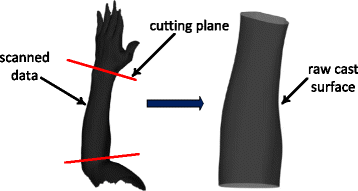
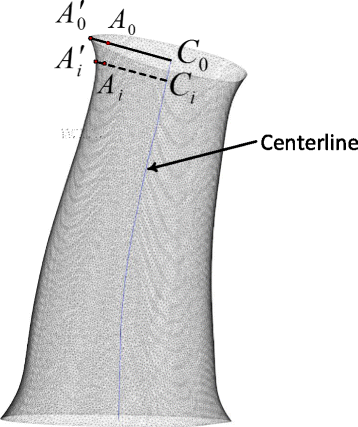

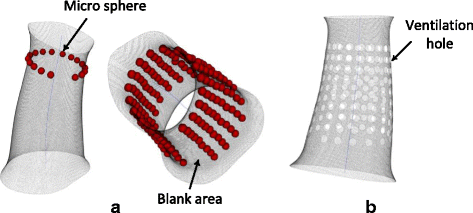

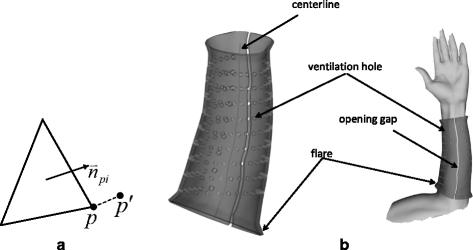
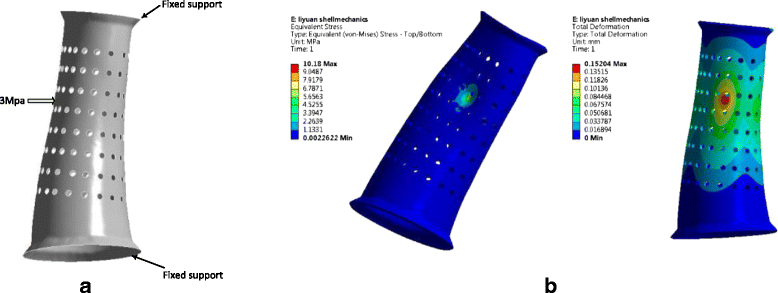

References
-
- Wolff I. A Pathway to Approval for Additive-Made Devices. Manuf Eng. 2014;152(4):89.
-
- Kim H, Jeong S. Case study: Hybrid model for the customized wrist orthosis using 3D printing. J. Mech. Sci. Technol. 2015;29(12):5151–5156. doi: 10.1007/s12206-015-1115-9. - DOI
LinkOut - more resources
Full Text Sources
Other Literature Sources
Miscellaneous
